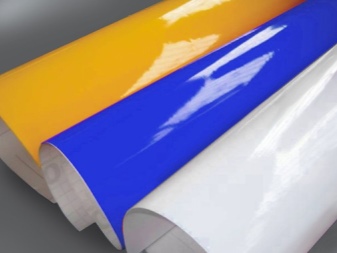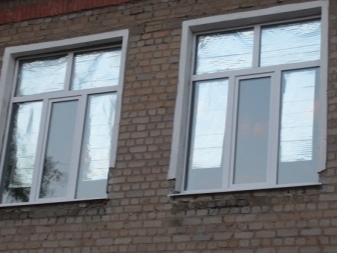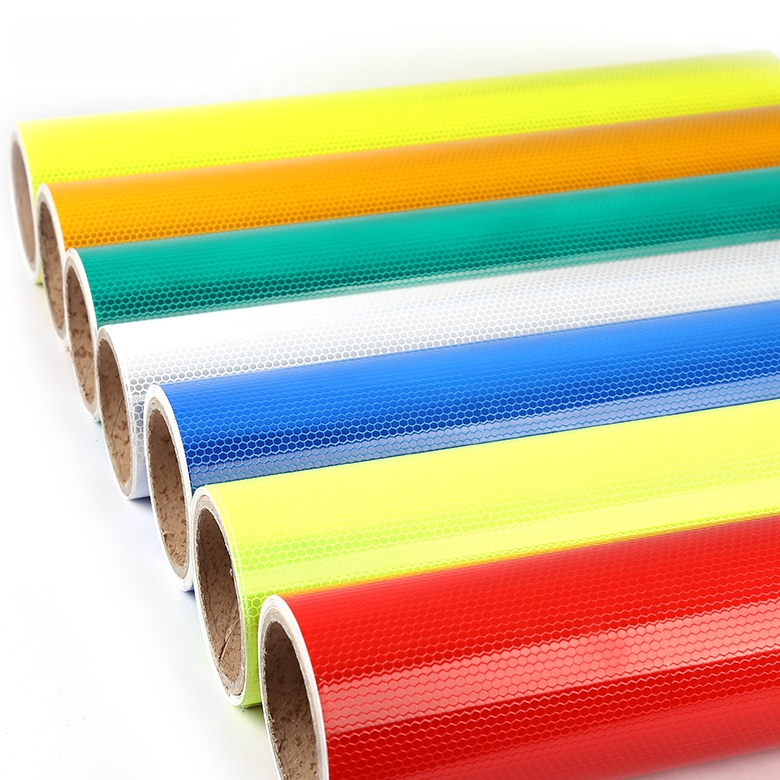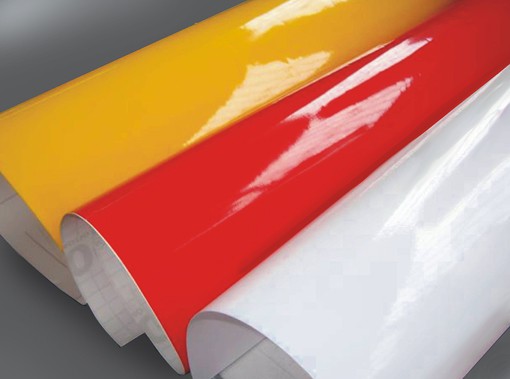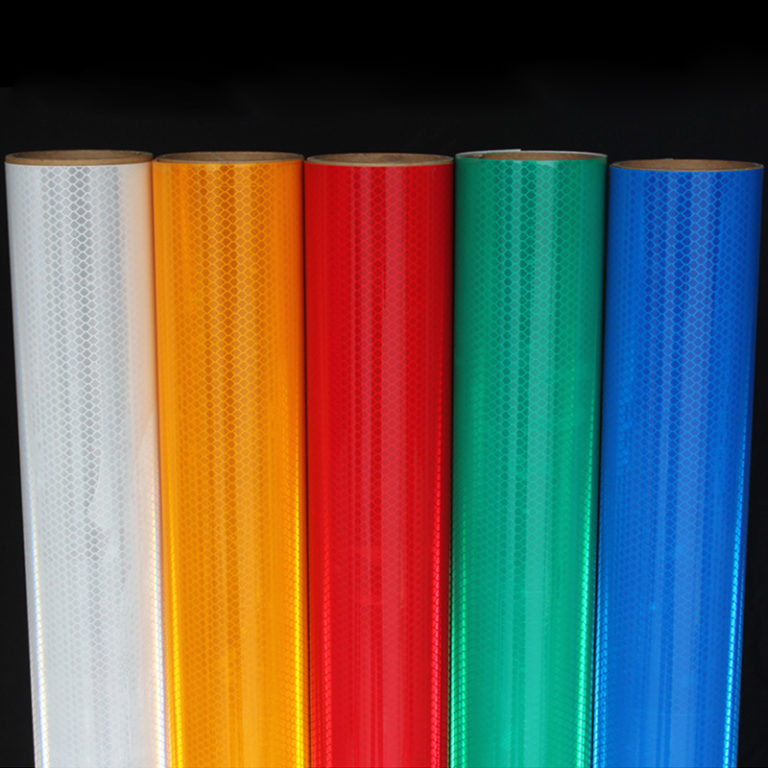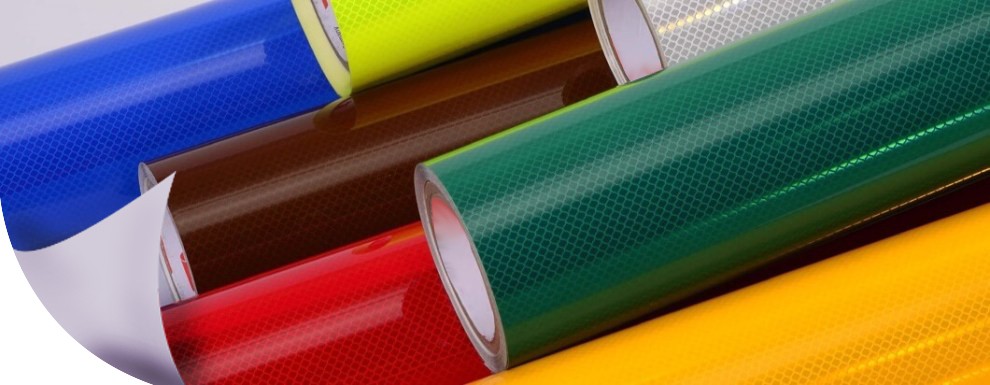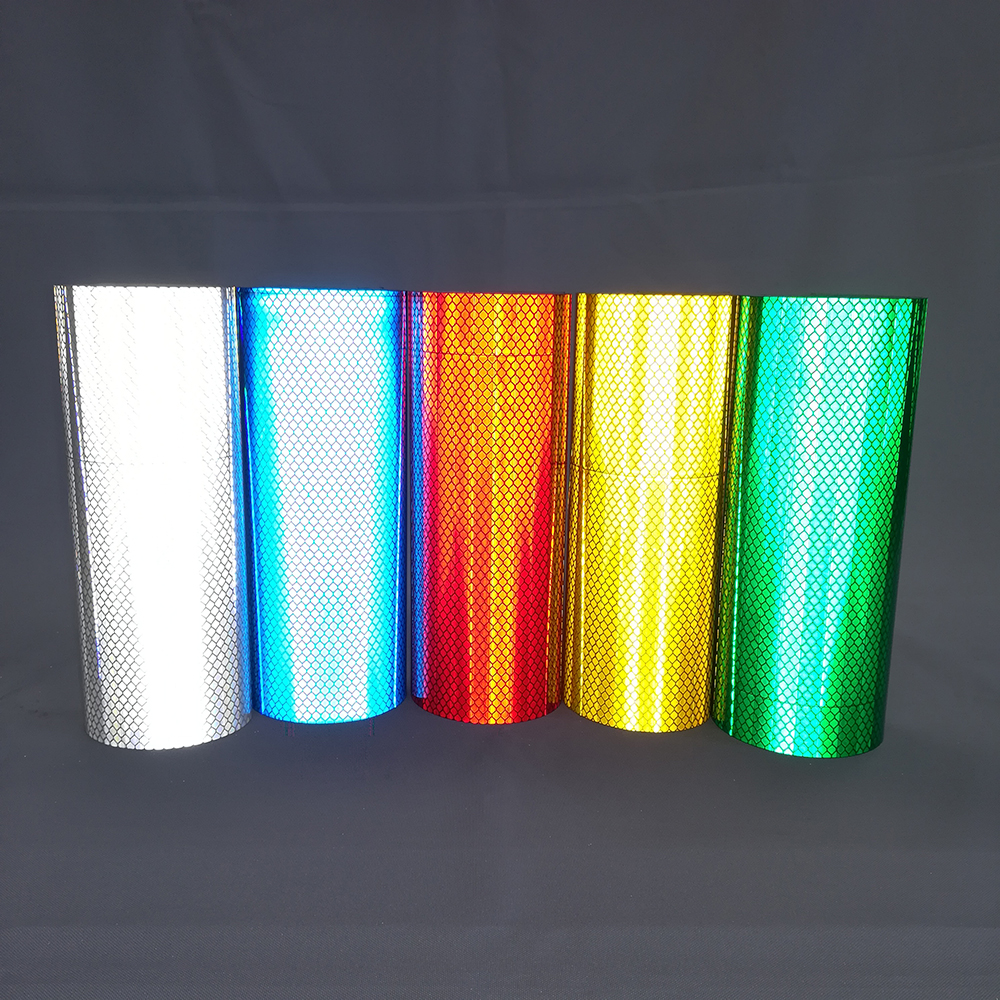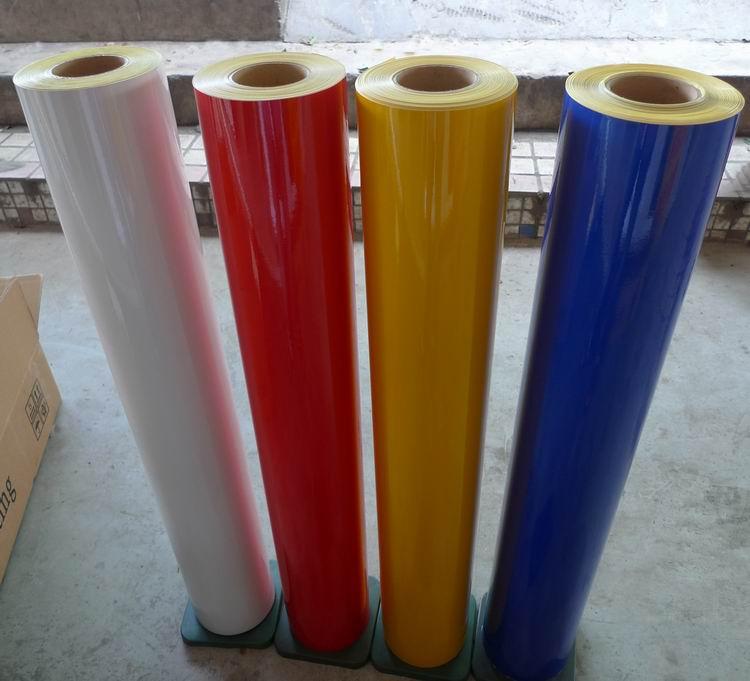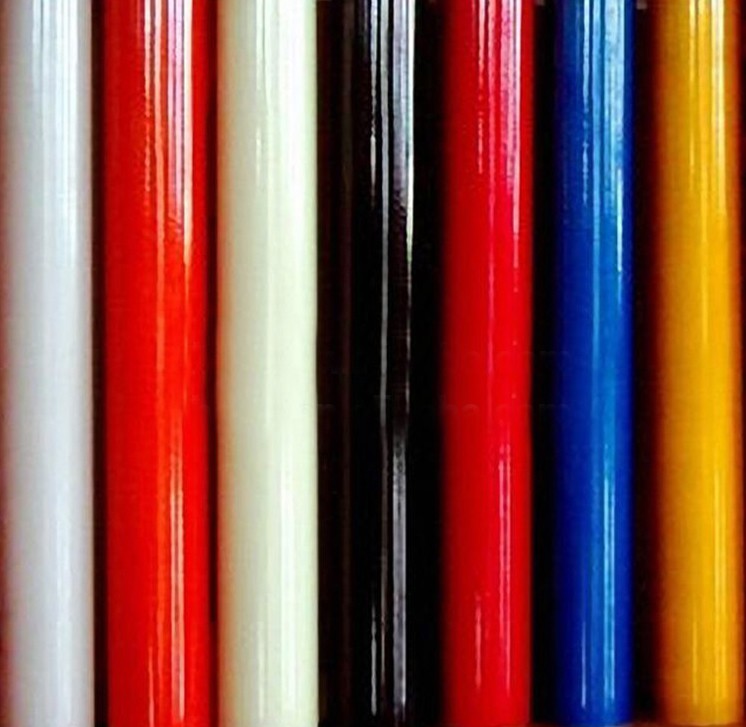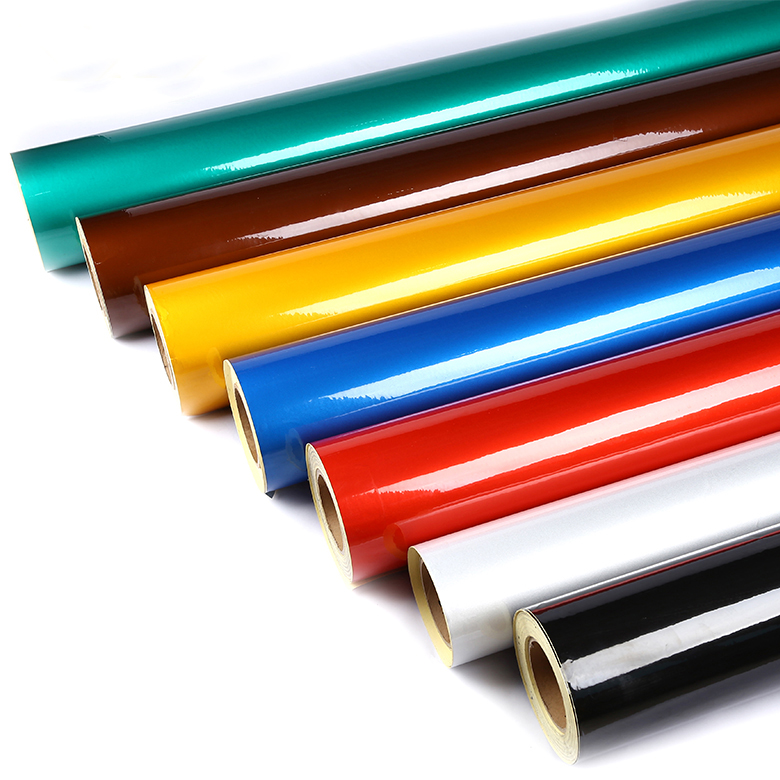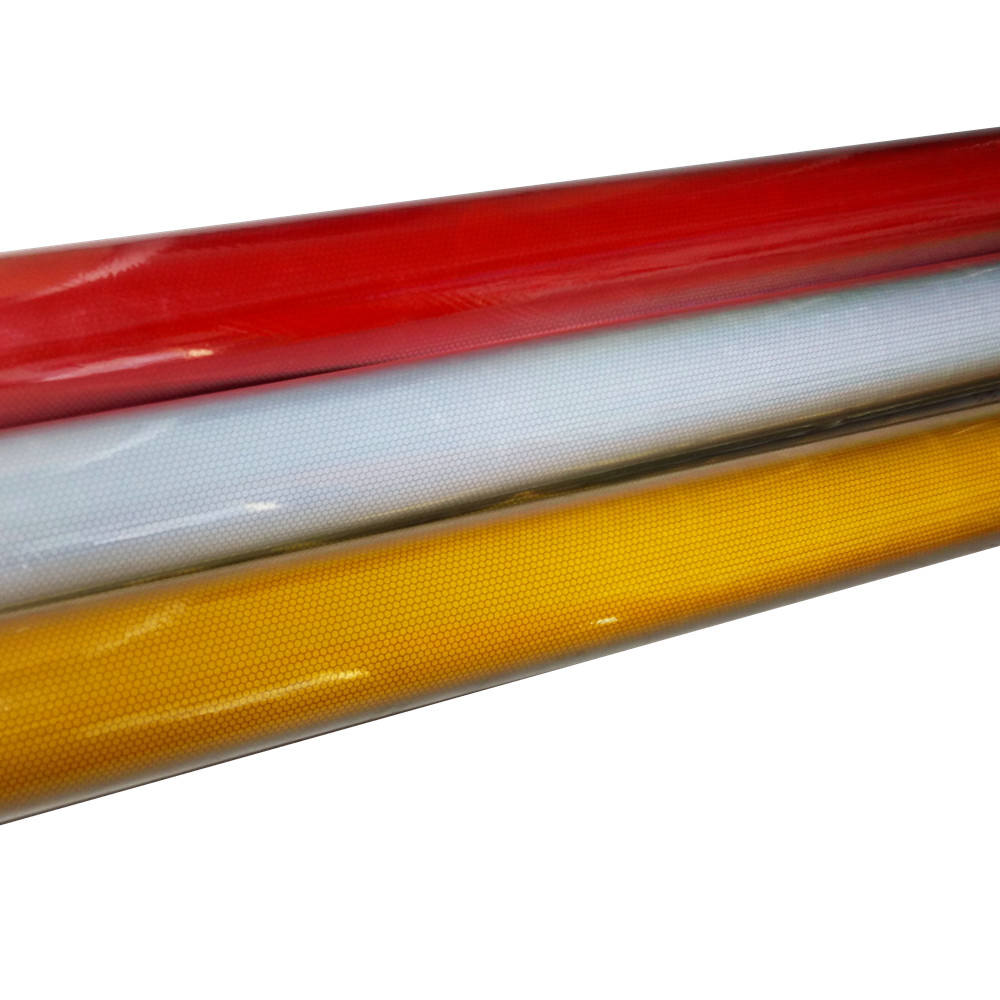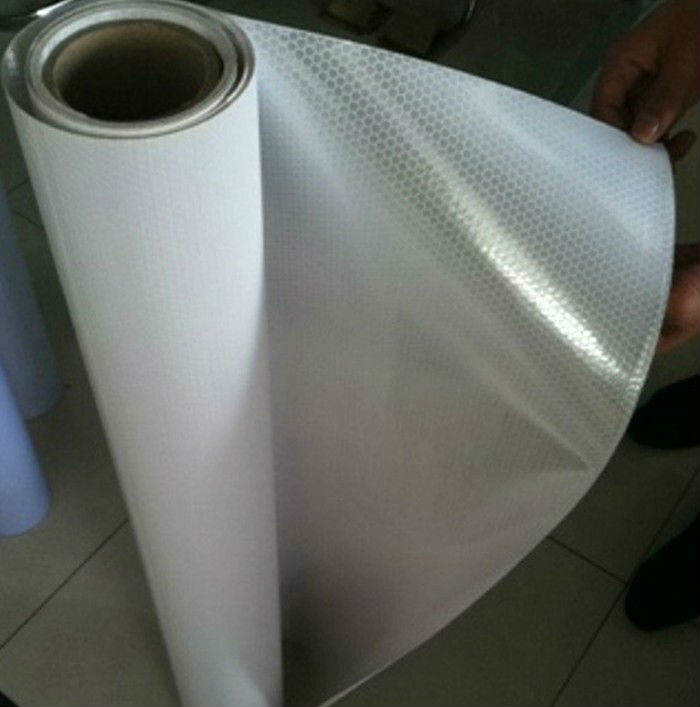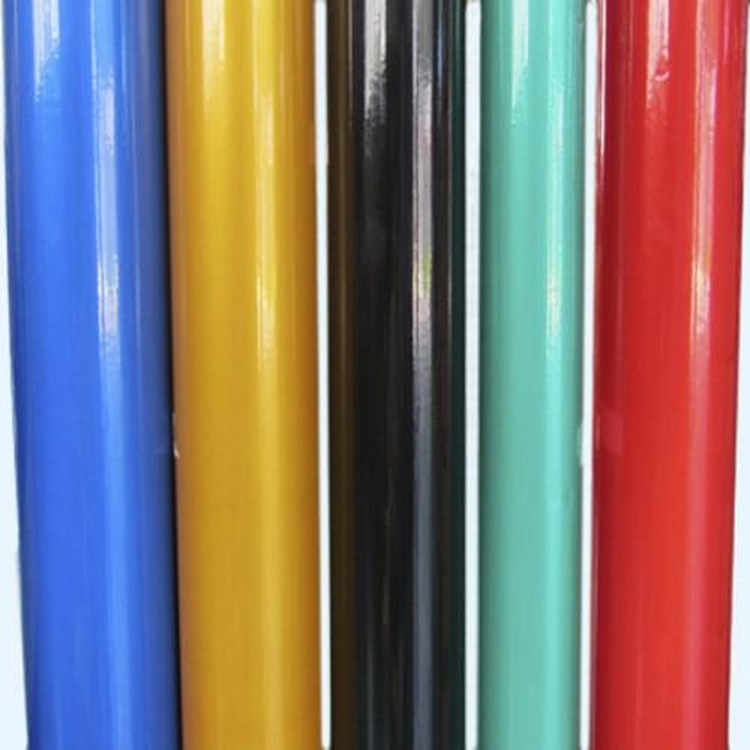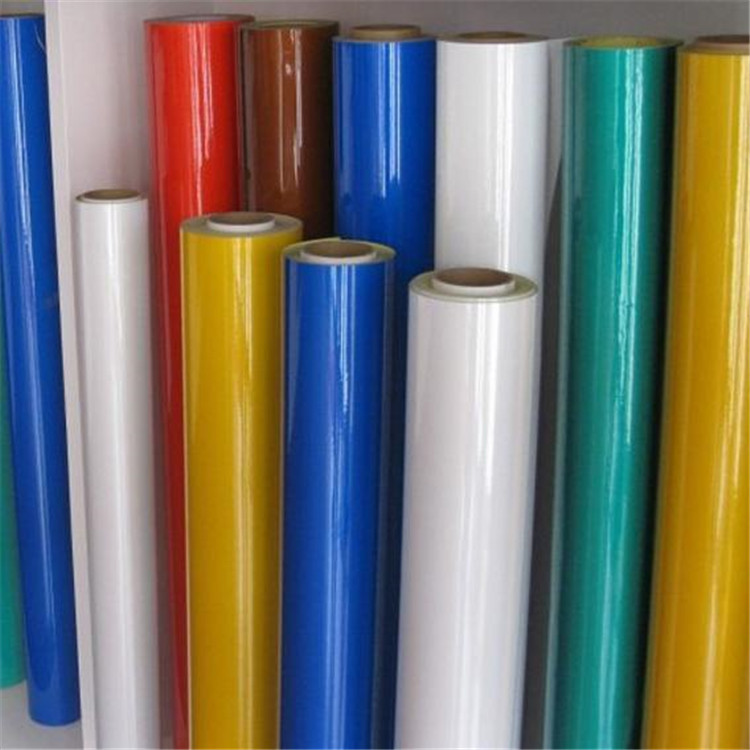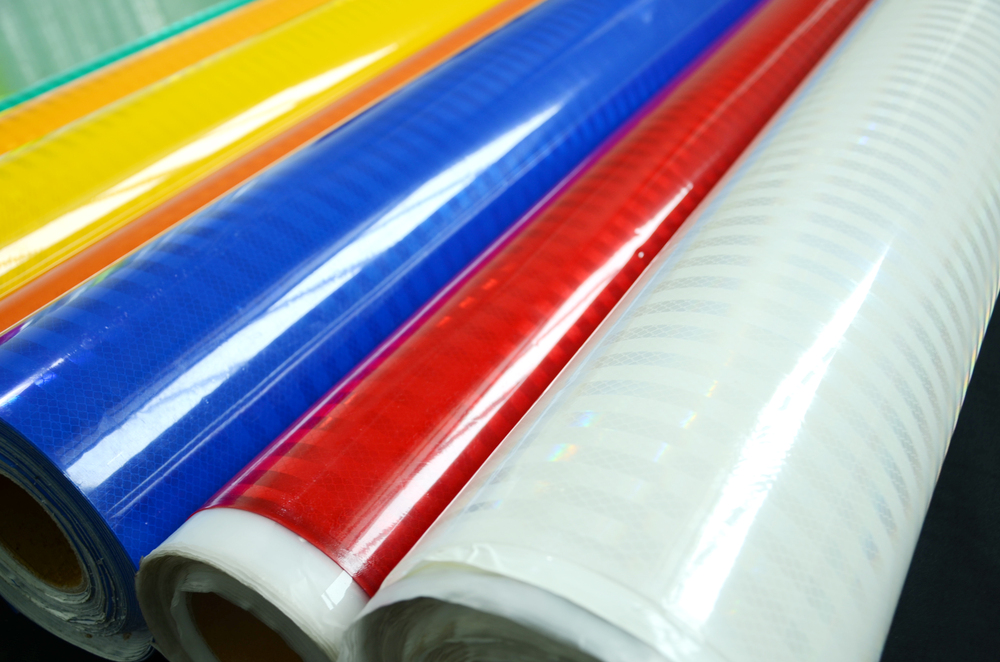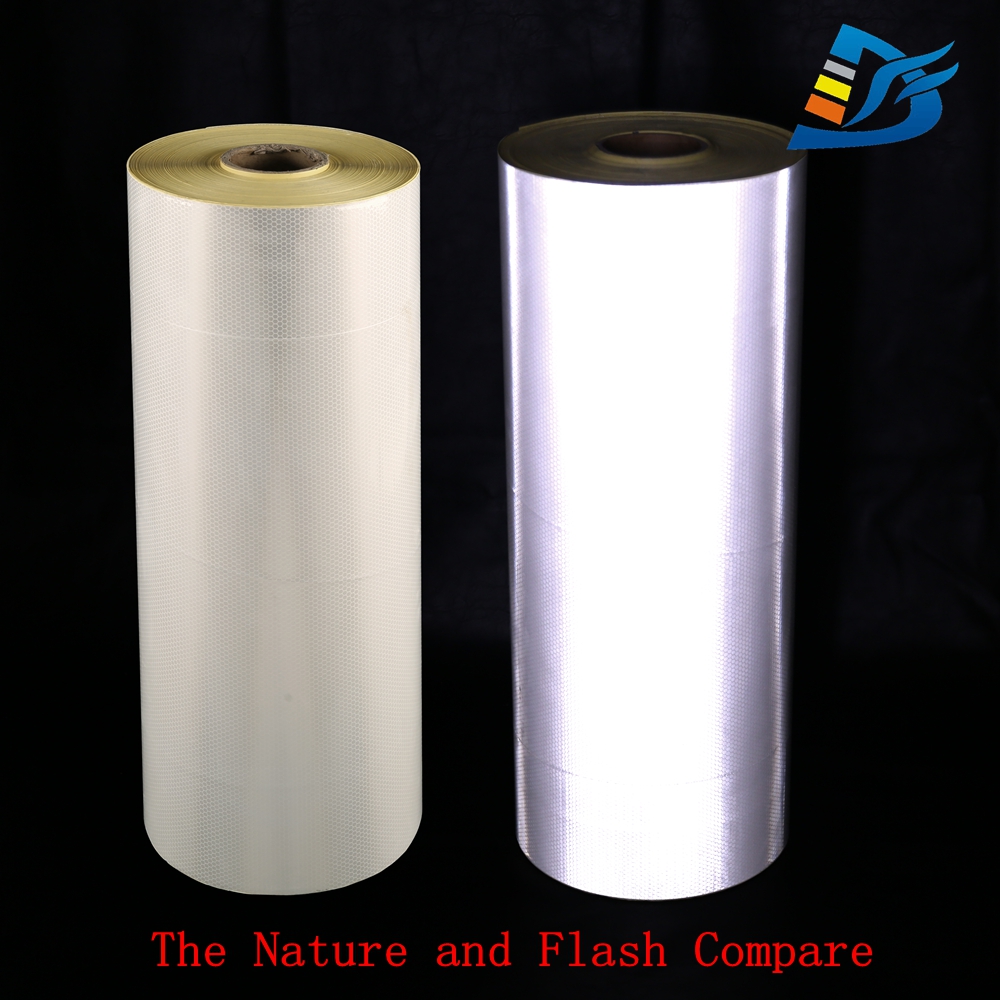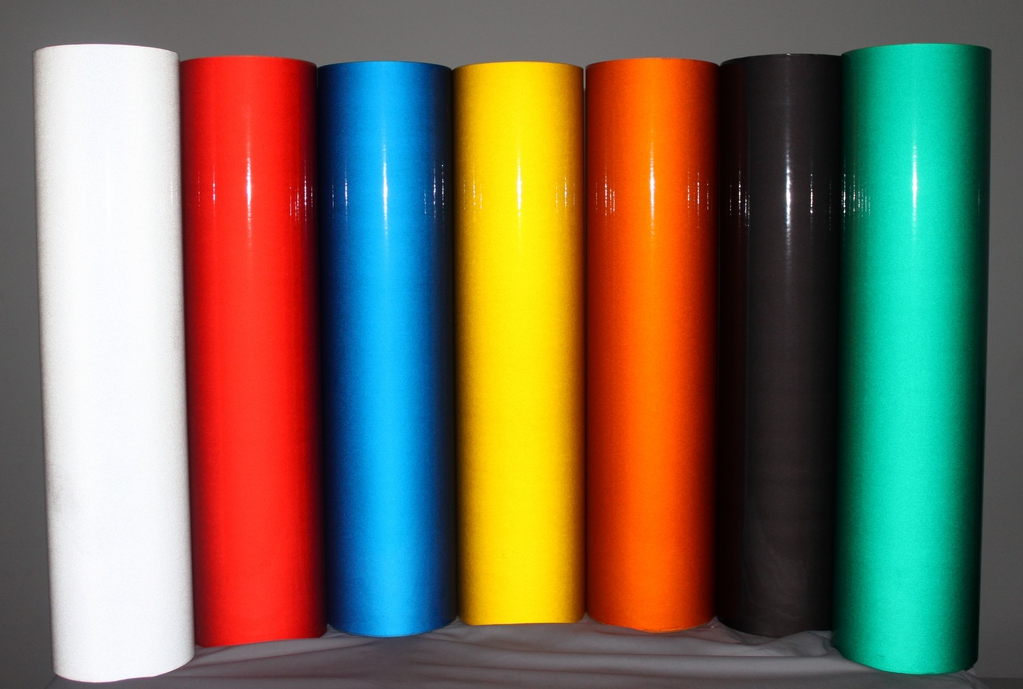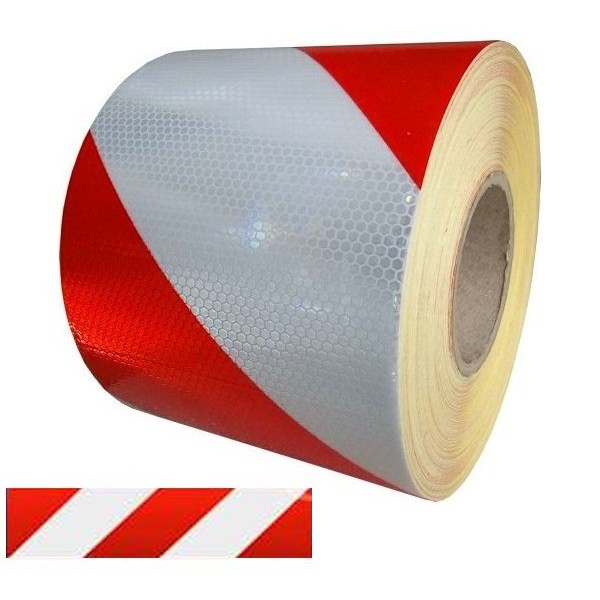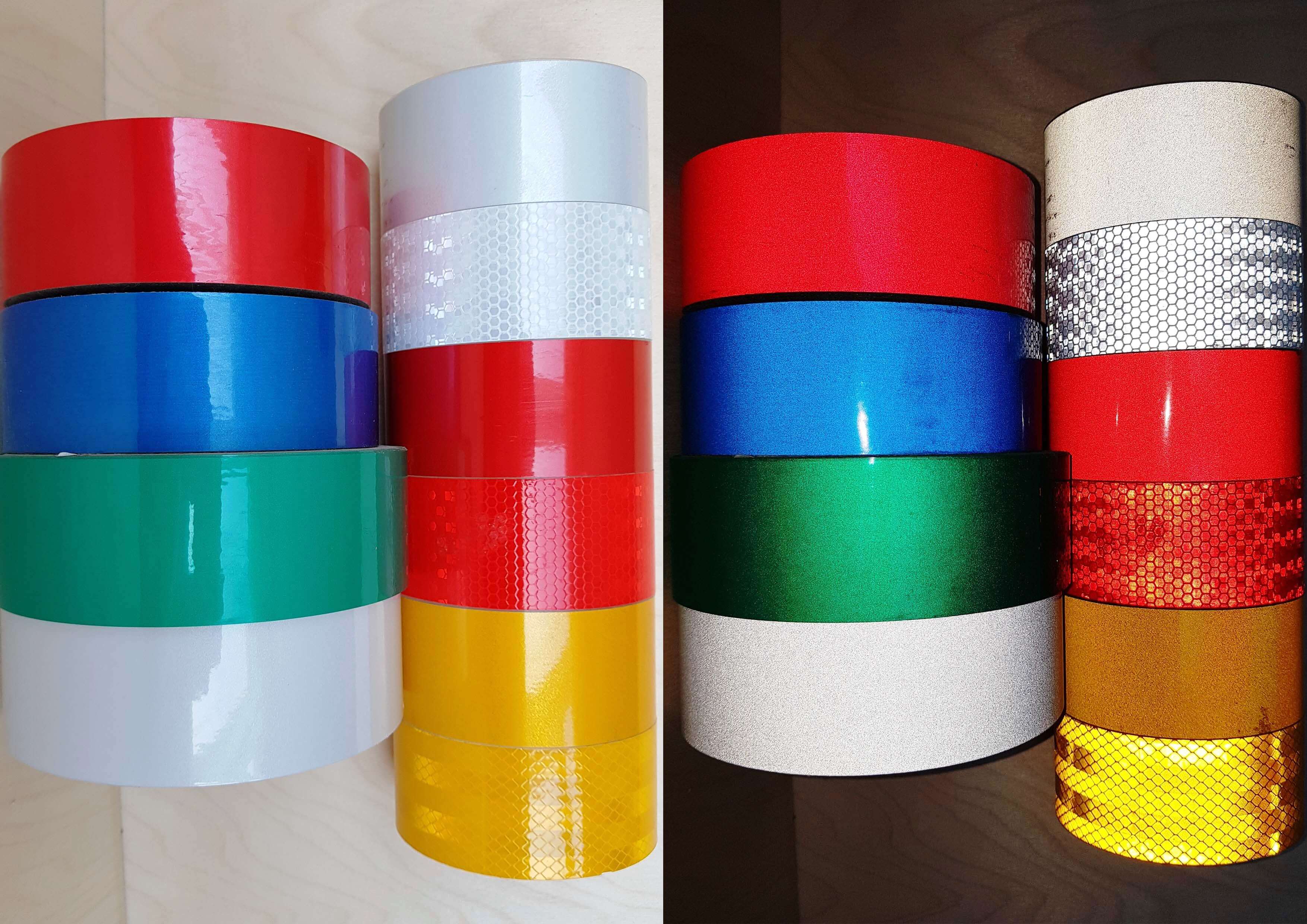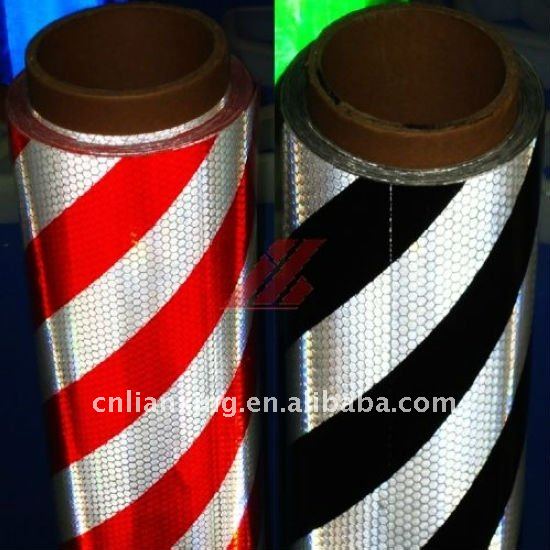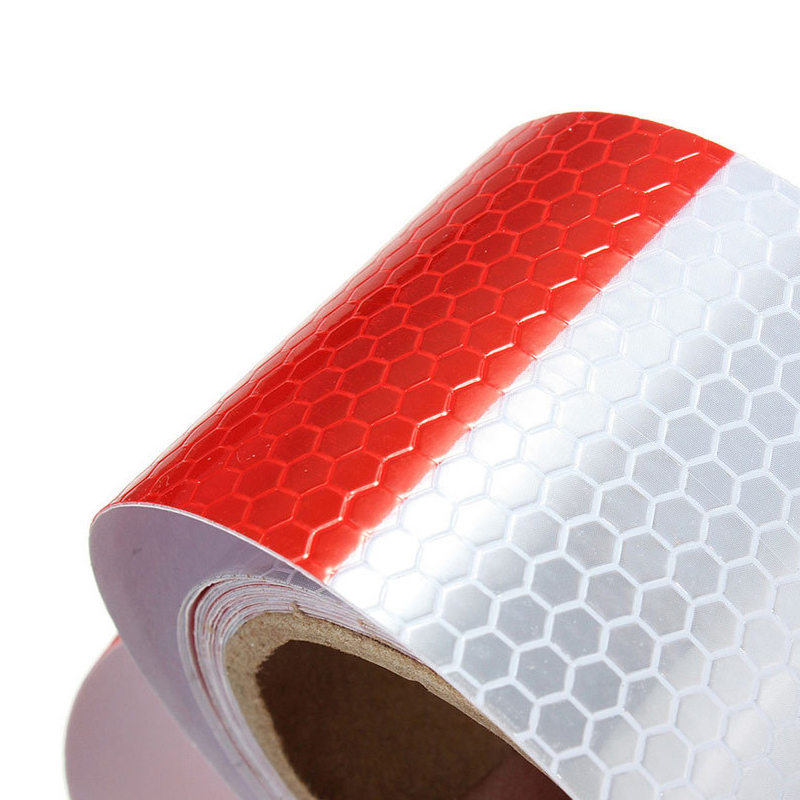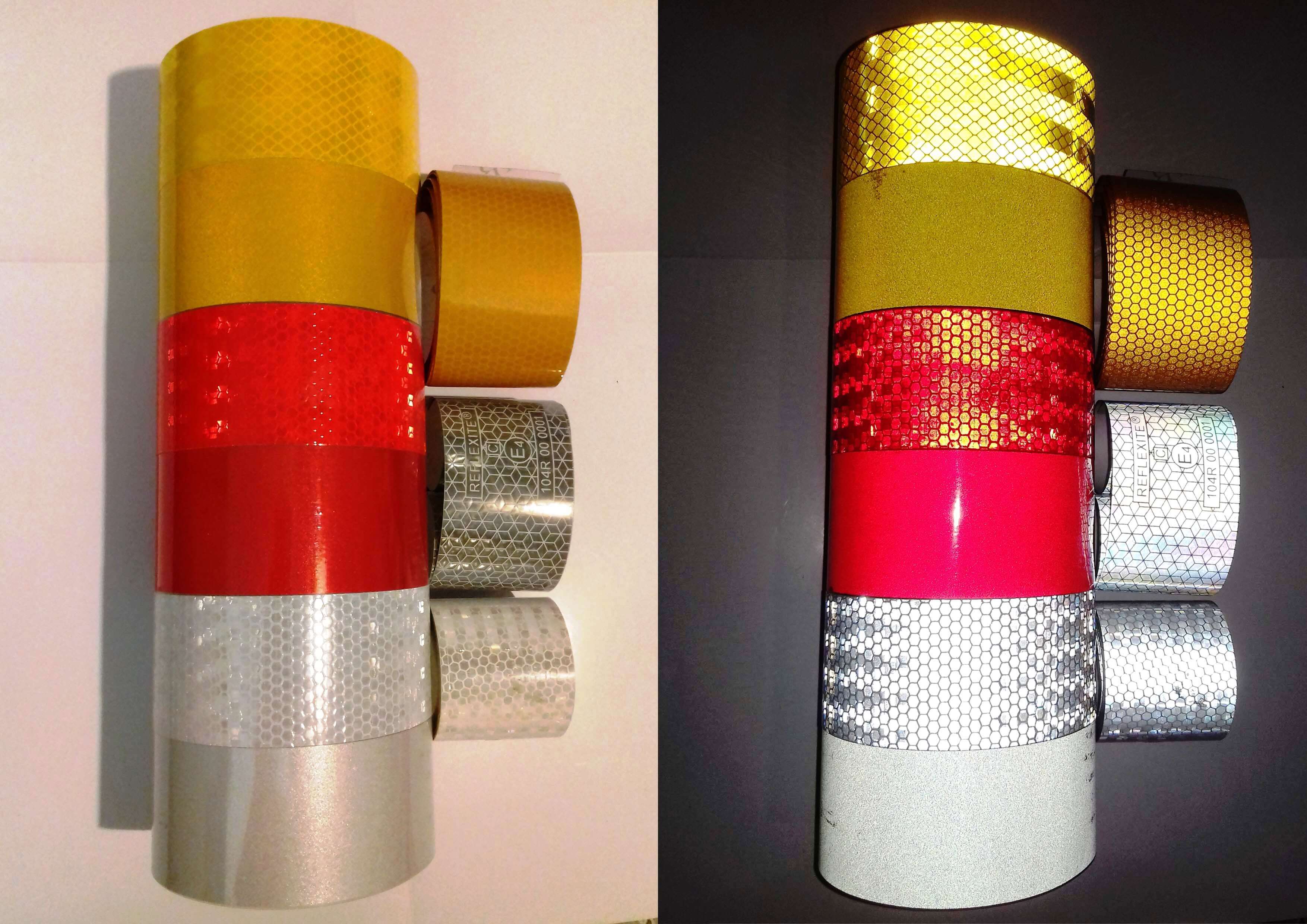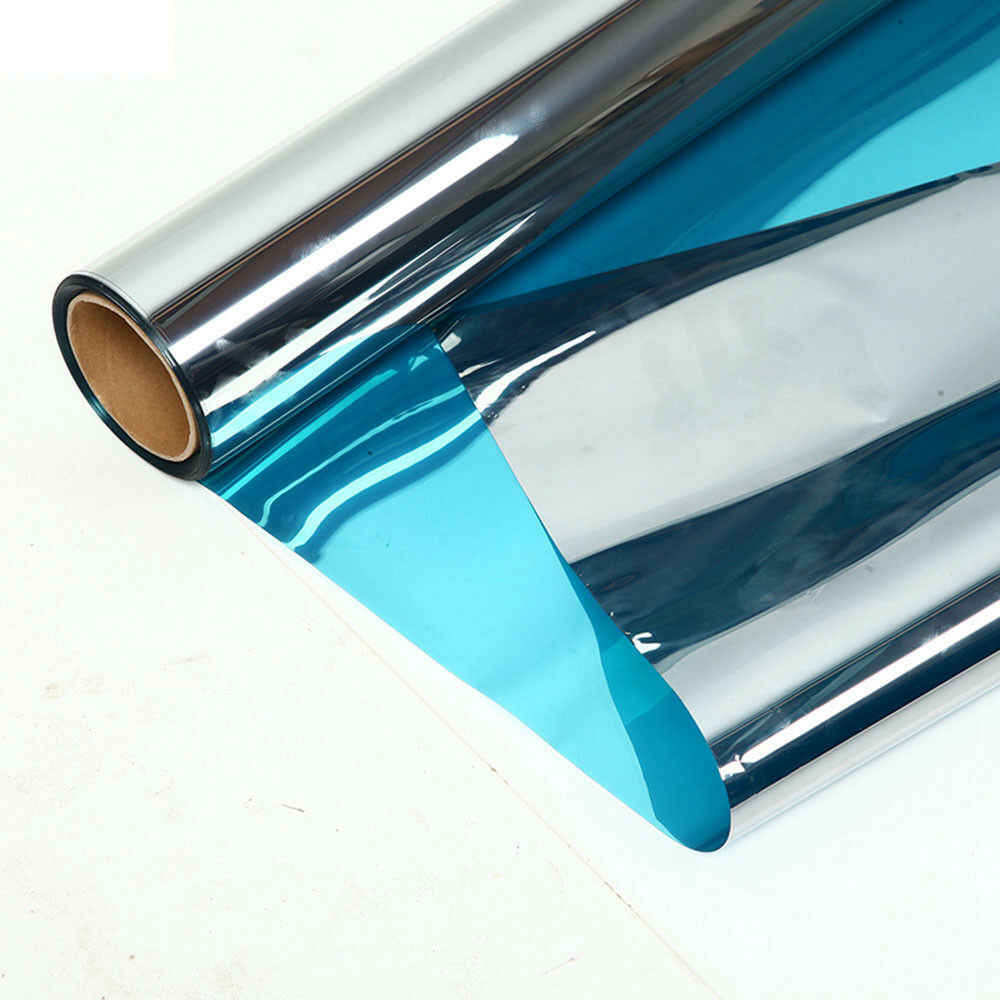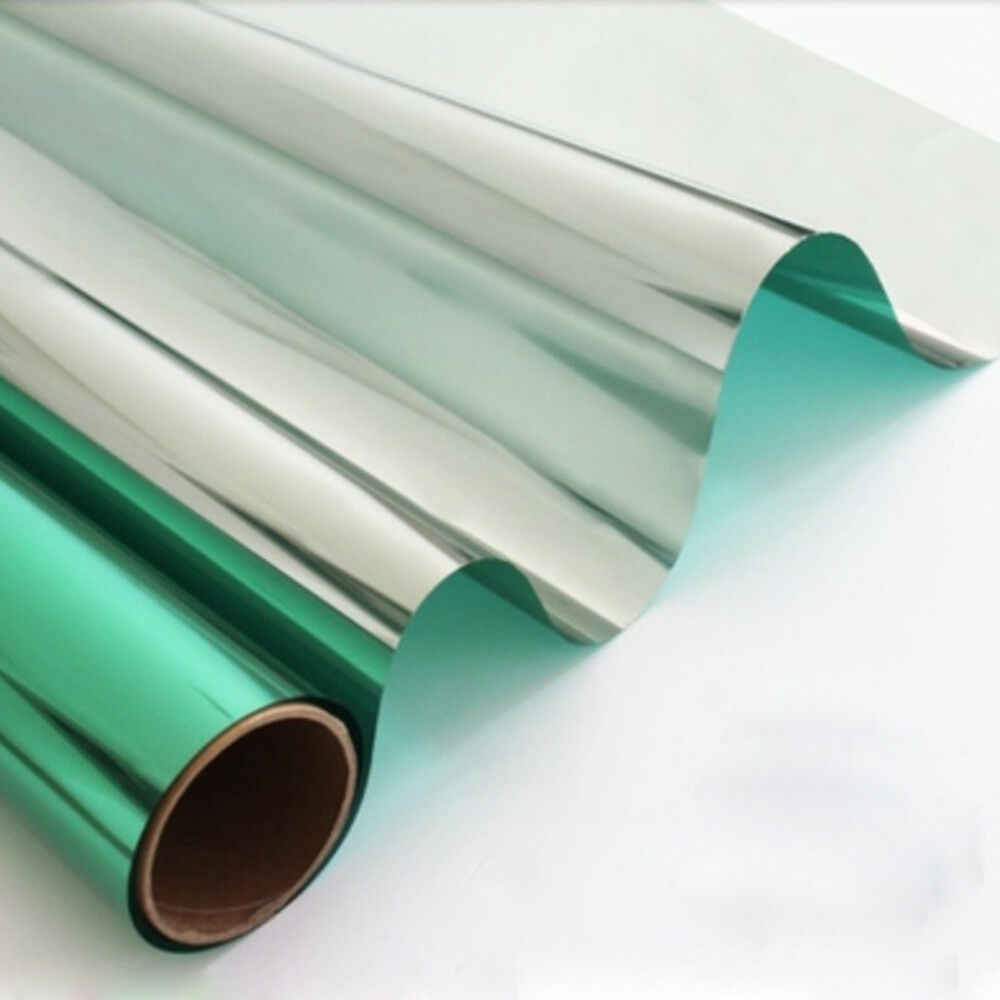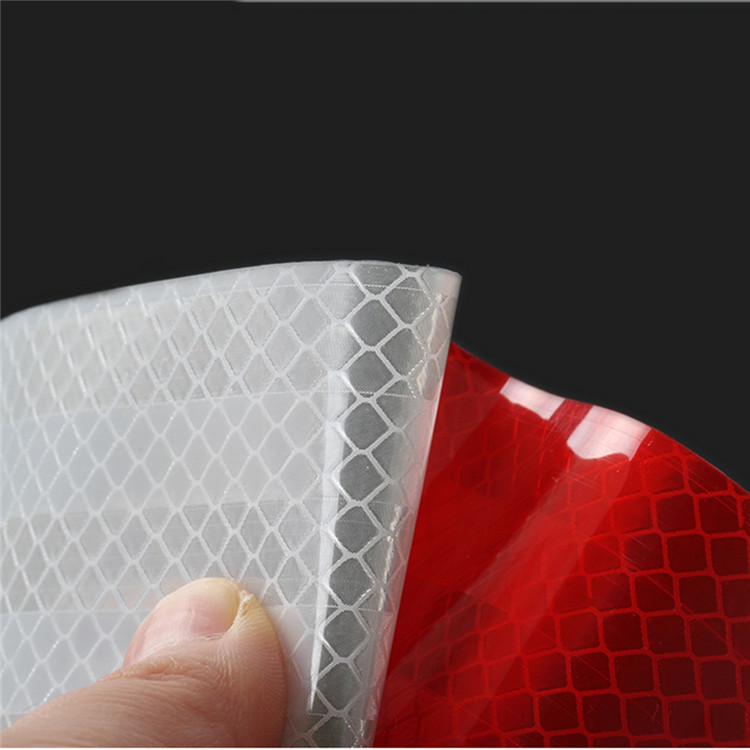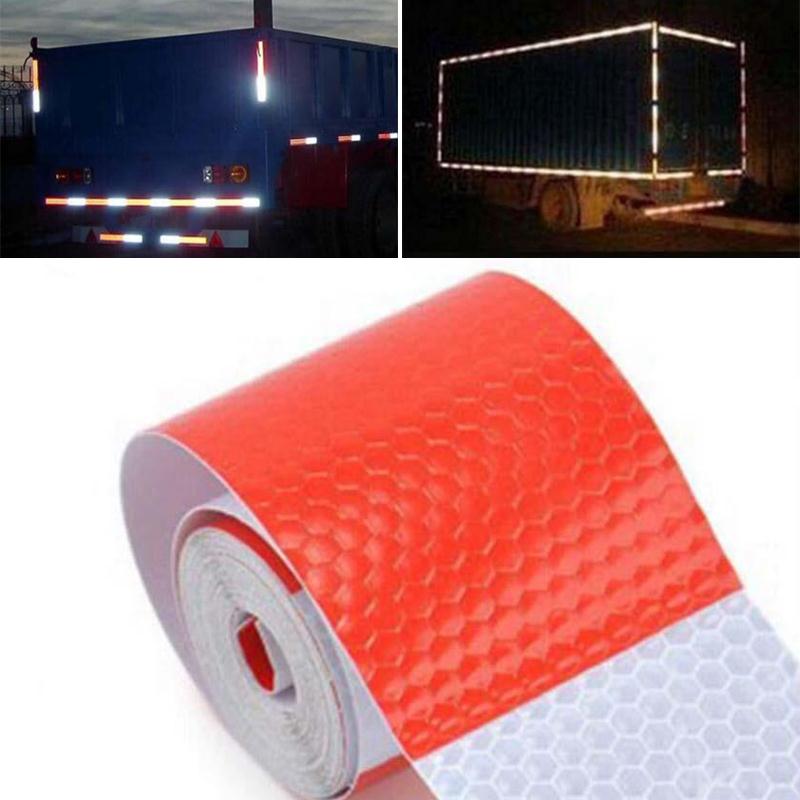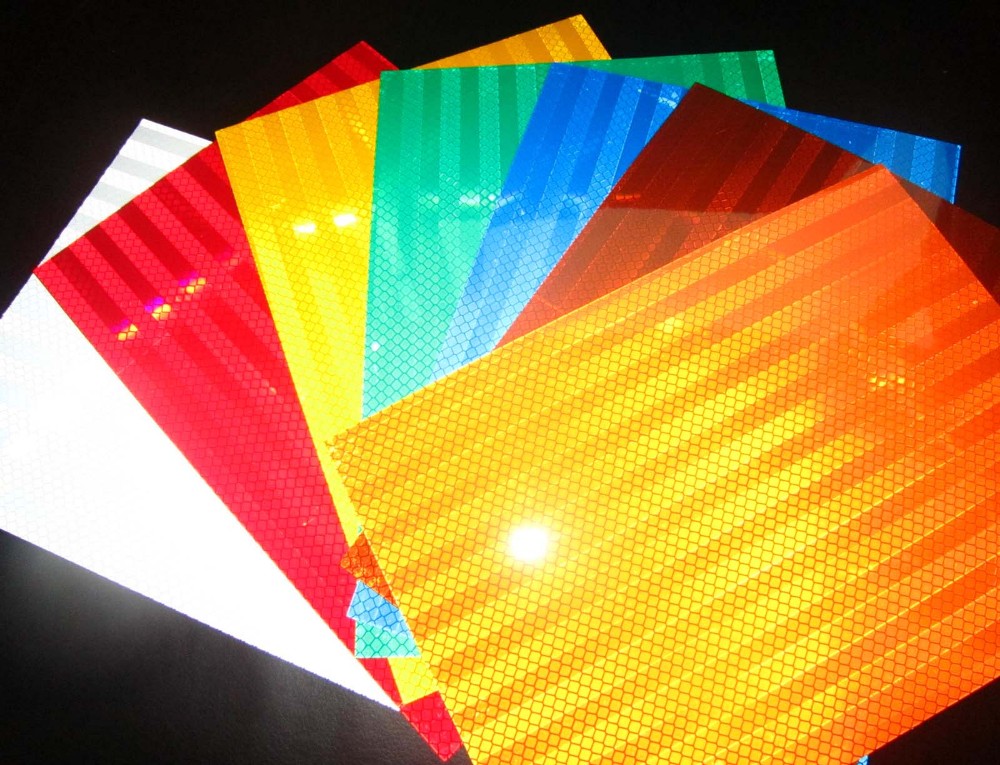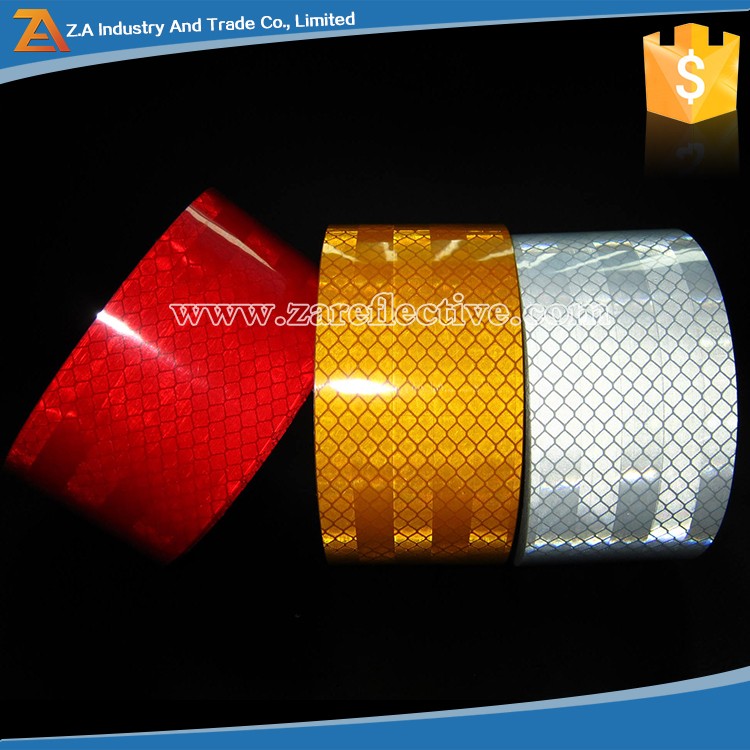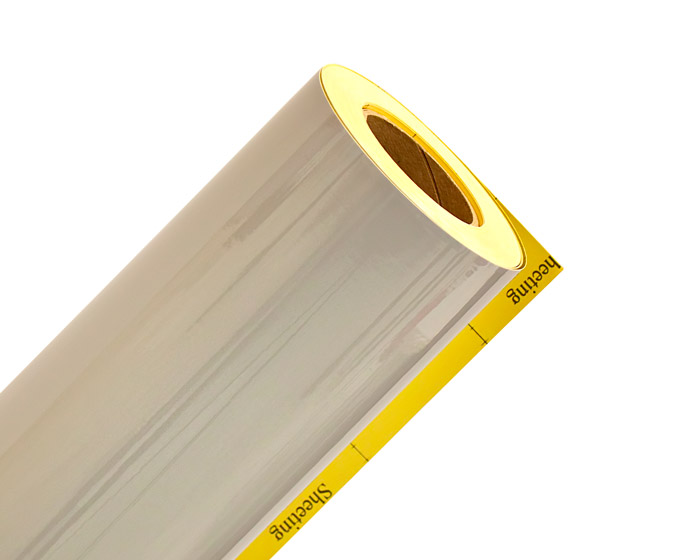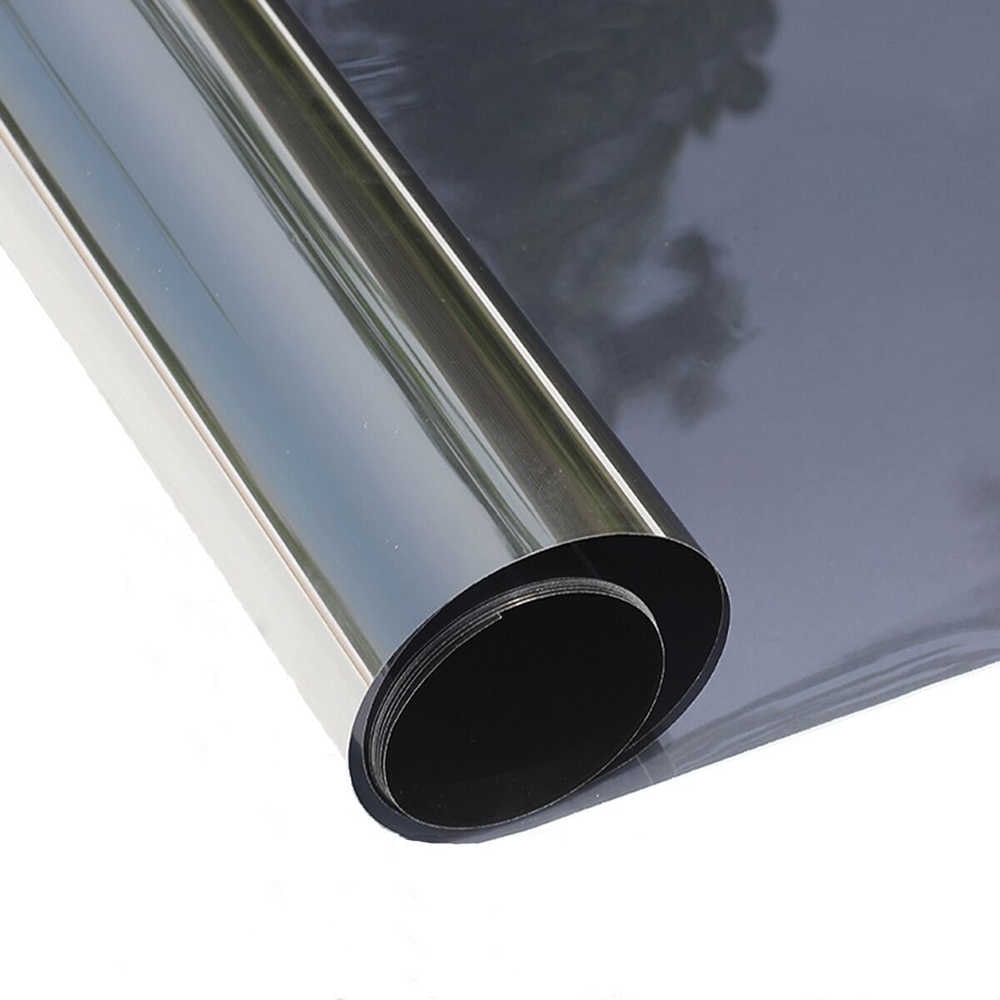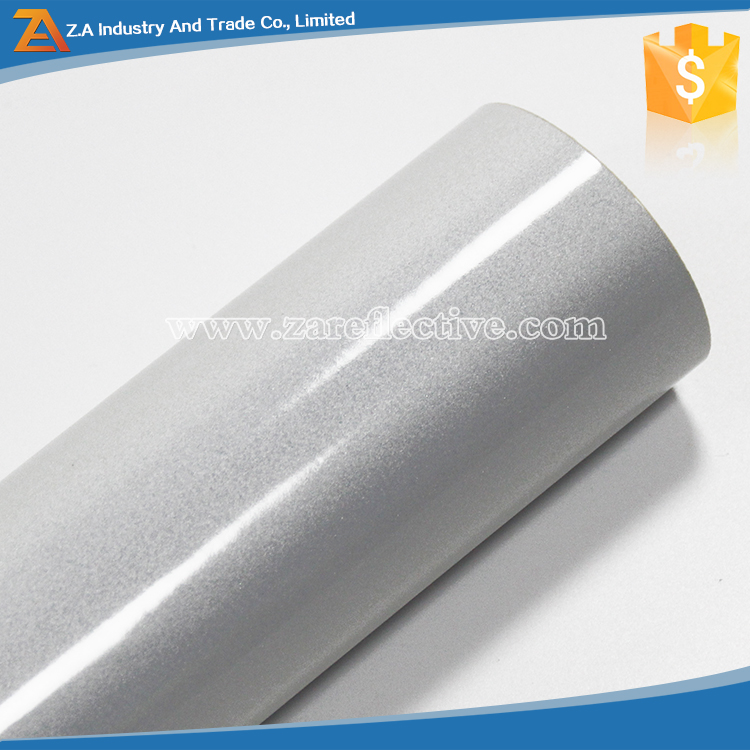How to glue?
It is possible to apply reflective film to the surface of glass, plastic, metal without long and complicated preparation. Most often, they independently work with it when installed on windows and other facade, interior structures
When gluing, it is important to follow certain rules, the order of actions, otherwise there is a great risk that the material will lie unevenly. In addition, you need to take a responsible approach to the selection of material - darkening more than 40% is not recommended for living spaces.
Let's look at this process step by step.
- Selection of optimal conditions. Reflective coating must not be applied to wet or cold glass, at extremely low or high humidity. The best time is a dry and rather warm, windless day with average temperatures above +5 degrees.
- Surface preparation. It must be clean - free from dirt, dust, paint residues, sealants and adhesive. Optimally, if it turns out to additionally degrease the material on which the film is applied, this will increase the adhesion (adhesion).
- Preparation of working tools and materials. You need a spray bottle with a non-foaming soap solution, a rubber or plastic spatula, a stationery knife for cutting and trimming the material.
- Measurement. The film is applied to the surface, cutting work is performed, the excess is cut off.
- Application. Soap solution is sprayed from the spray bottle onto the window surface. You need to glue the film from the top corner, preferably on the left, gradually moving downward. All emerging wrinkles and bubbles must be immediately eliminated with a spatula, "expelling" the air outside.
- Leveling. After applying the coating to the entire area of the glass or other surface, it must be carefully smoothed out, moving from the center to the edges. So it will be possible to eliminate minor defects that are not noticeable at first glance.
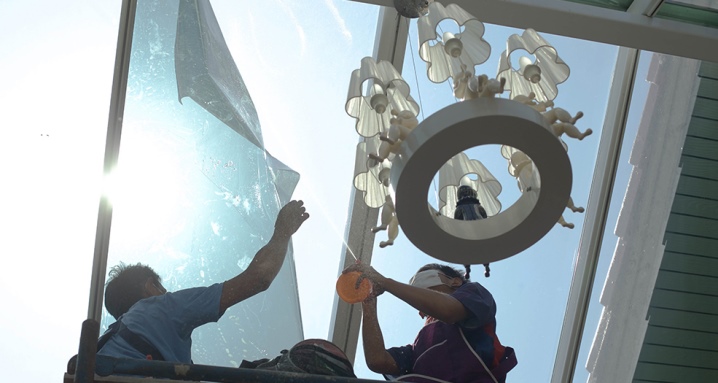
It is important to take into account that such a protective coating cannot be removed as easily as ordinary stickers - it adheres very firmly, forming a tight adhesion to the surface. A long-term high-temperature exposure will be required to remove the previously used protective and decorative layer.
How to glue reflective film, see the video.
REGART RT 1870 reflective film brightest printable film in its class
12 reasons to make road signs from REGART RT 1870 high-intensity reflective film
|
Highest coefficient of retroreflectivity in the high-intensity class (type B) |
|
general description
High-intensity reflective film "REGART" RT 1870 is a polymer material with an optical system of spherical lenses, The film, glued to a properly prepared substrate, ensures high reflectivity of road signs On the front surface, the retroreflective film "REGART" RT 1870 has a structural pattern, which is a honeycomb located in Highest retroreflectivity in its class High-intensity reflective film "REGART" RT 1870 differs from other high-intensity films by the highest coefficient of light reflection Warranty obligations REGART guarantees the high-intensity reflective film "REGART" RT 1870 to be free from defects in material and workmanship, |
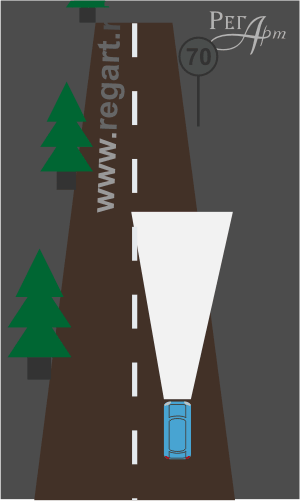 |
Technical characteristics of the retroreflective film "REGART" RT 1870
| Film type | High intensity (EN), "B" (GOST R) |
| Guaranteed product life | outdoors - 12 years |
| Face cover | Acrylic |
| Shaping flowers | White, red (032), blue (049), yellow (025) are made with Oracal 8300, black REGART 5100 |
| Adhesive layer | Pressure sensitive polyacrylate |
| Bonding temperature | from + 3oC |
| Application temperature | from -70oC to + 70oC |
| Roll size | 1.24 x 45.7 m |
| Colour | White |
| Palette | |
| Coefficient | 260 |
| Colour | White |
| Palette | |
| Coefficient | 180 |
Statements, technical information and recommendations contained on the REGART website
based on the results of experiments and tests, the reliability of which satisfies
the requirements of the REGART company. However, their absolute completeness and accuracy cannot be
guaranteed. The buyer must independently decide on the suitability of the product
for the intended purposes and assume all risks and responsibilities in connection with
application of products. More information on the warranty
posted in the appropriate section of the site.
Any provisions, statements and recommendations not contained on the REGART website are not
have no legal effect unless they are included in
an agreement signed by officials of the supplier and manufacturer.
Applications
Reflective film is widely used in various fields. With its help, images are created on road signs, providing them with better visibility for individual areas at any level of visibility. In addition, such a film is in demand in several areas of activity.
Auto tuning. Reflective glass elements help to reduce the heating of the passenger compartment on hot days and increase the privacy of personal vehicles. The level of light transmission is today regulated by regulatory documents, but in some cases it is still possible to use such a tuning element.

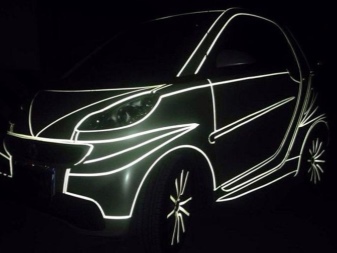
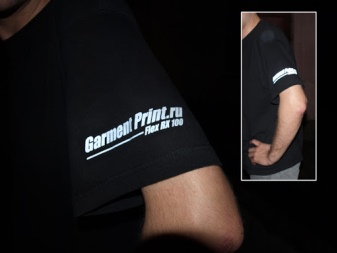
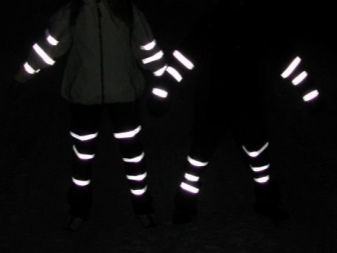

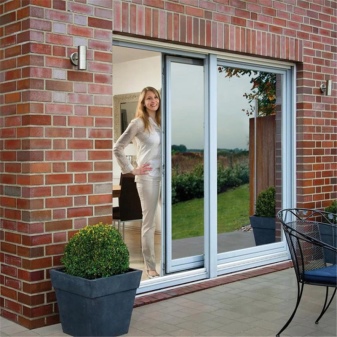
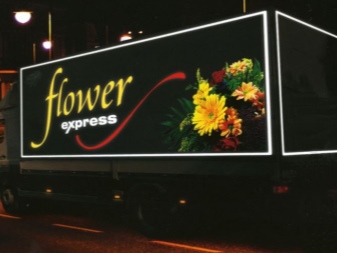
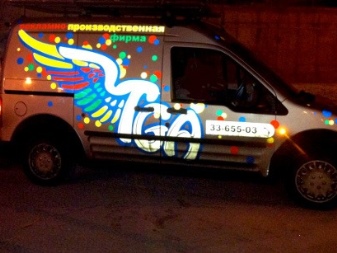
Varieties
In reflective films, the classification is largely related to the level of its dimming and the amount of light transmission. Each type has its own characteristics, the prismatic structure also differs from different manufacturers. The base of the reflective film is most often vinyl or alkyd polymers. The most popular options are worth considering in more detail.
Mirror. A coating specially designed for buildings and other objects with a large glazing area. It is opaque only from one side - the outer side. From the inside of the building, the visibility remains complete. This is a popular option for decorating balcony glazing, French windows, terraces of country houses, shops, lobbies in hotels.
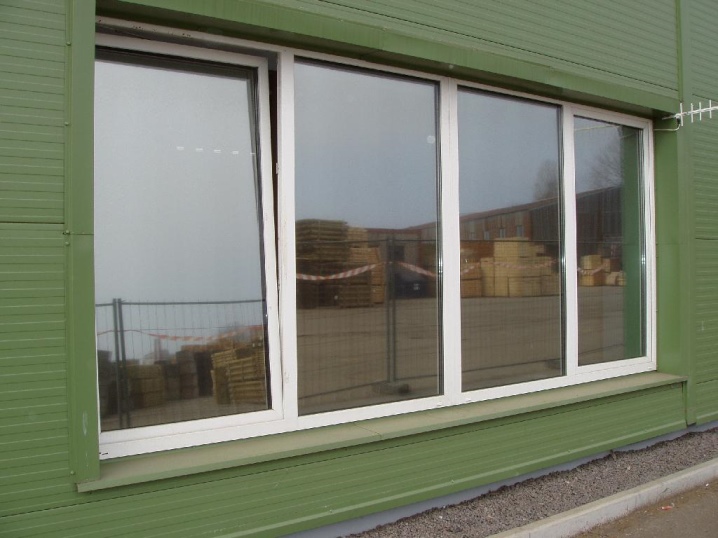
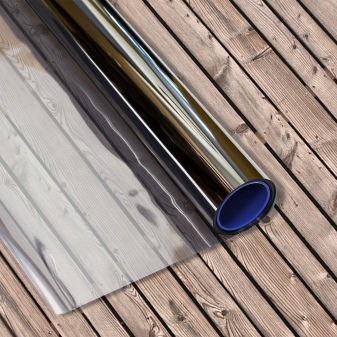
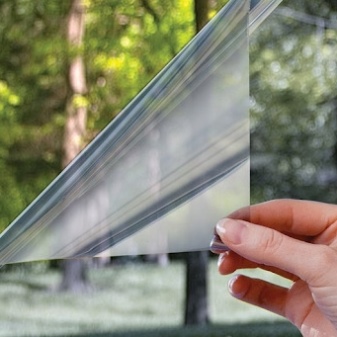
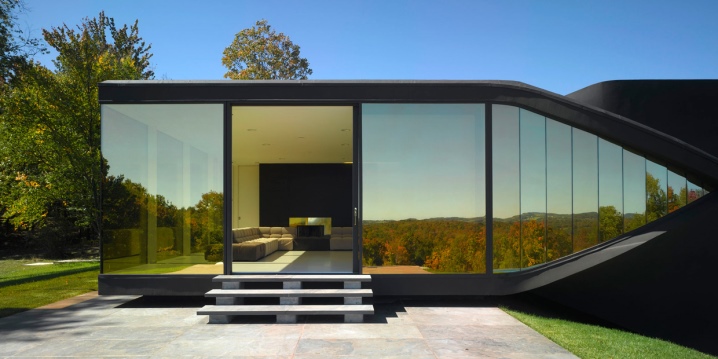
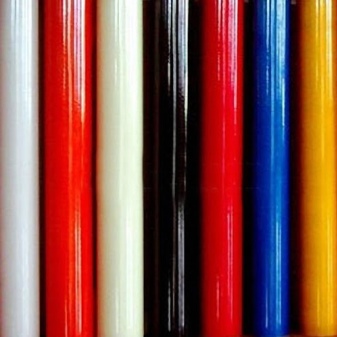
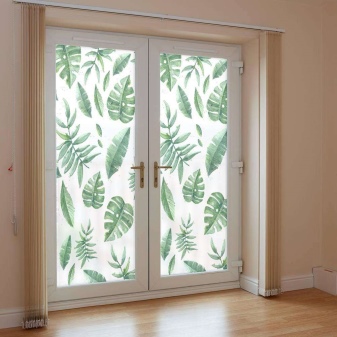
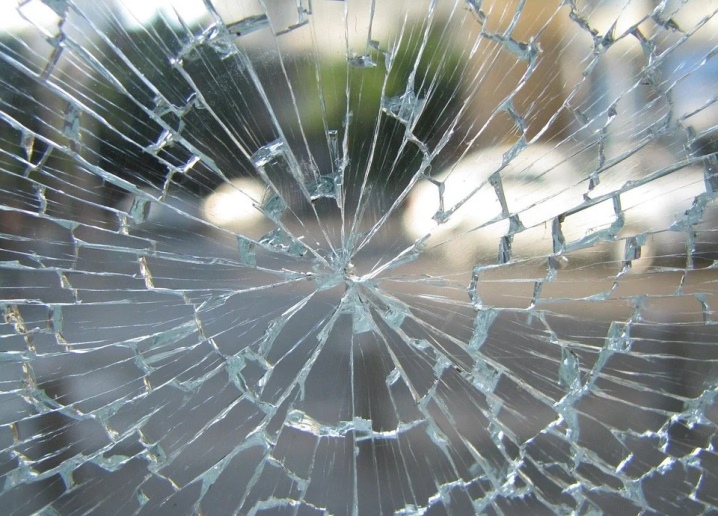
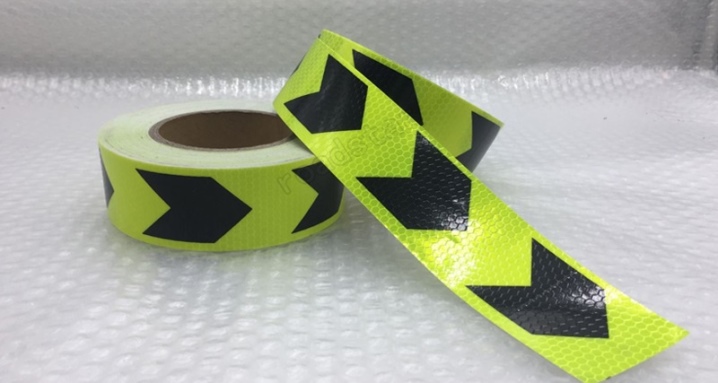
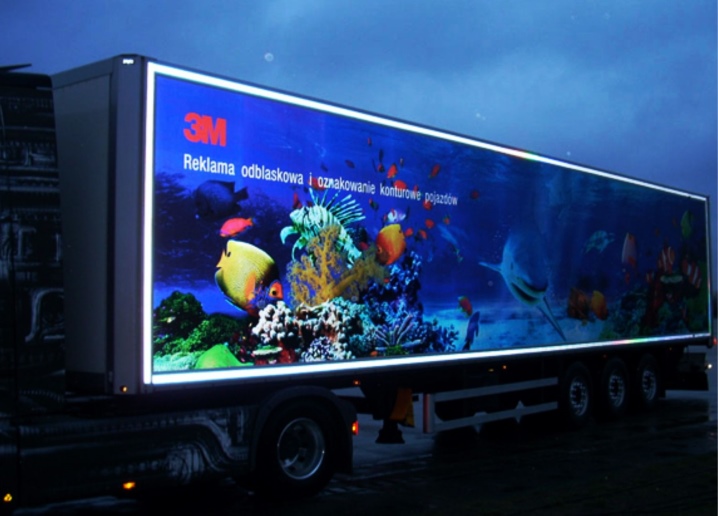
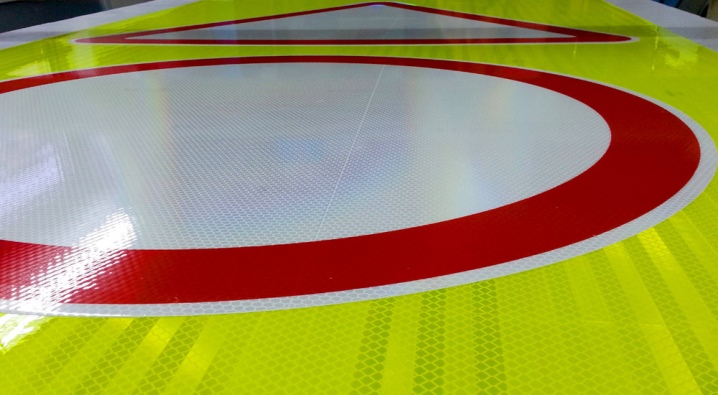
Peculiarities
Film materials are very popular in the advertising field, making it possible to print images of any complexity. But in some cases, they can be used for other purposes. Reflective film is a high-tech product that has a self-adhesive layer that makes it easy to apply to any transparent and solid surface. Such a coating is easily distributed over metal, glass, plastic, holds firmly, is not afraid of exposure to moisture and household chemicals.
The retroreflective effect is achieved through the use of an interlayer of encapsulated glass, presented in the form of tiny balls. They create a catadioptric effect, making it possible not to transmit rays in the UV spectrum, but to reflect them. This coating, when applied correctly, has a long service life and impressive performance. Even when placed outdoors in year-round mode, the film retains its characteristics for up to 5 years in a row.
Its metallized views are more similar in structure to a mirror with an amalgam applied to it. The light-proof layer on the window, balcony glazing, shop window looks opaque from the outside, but does not interfere with the view from the inside of the room.
